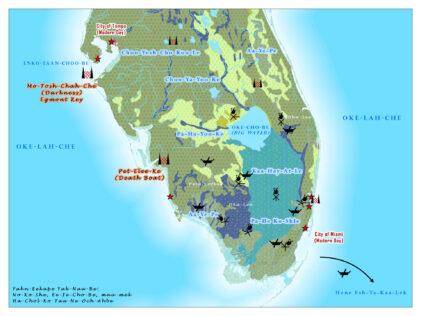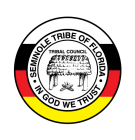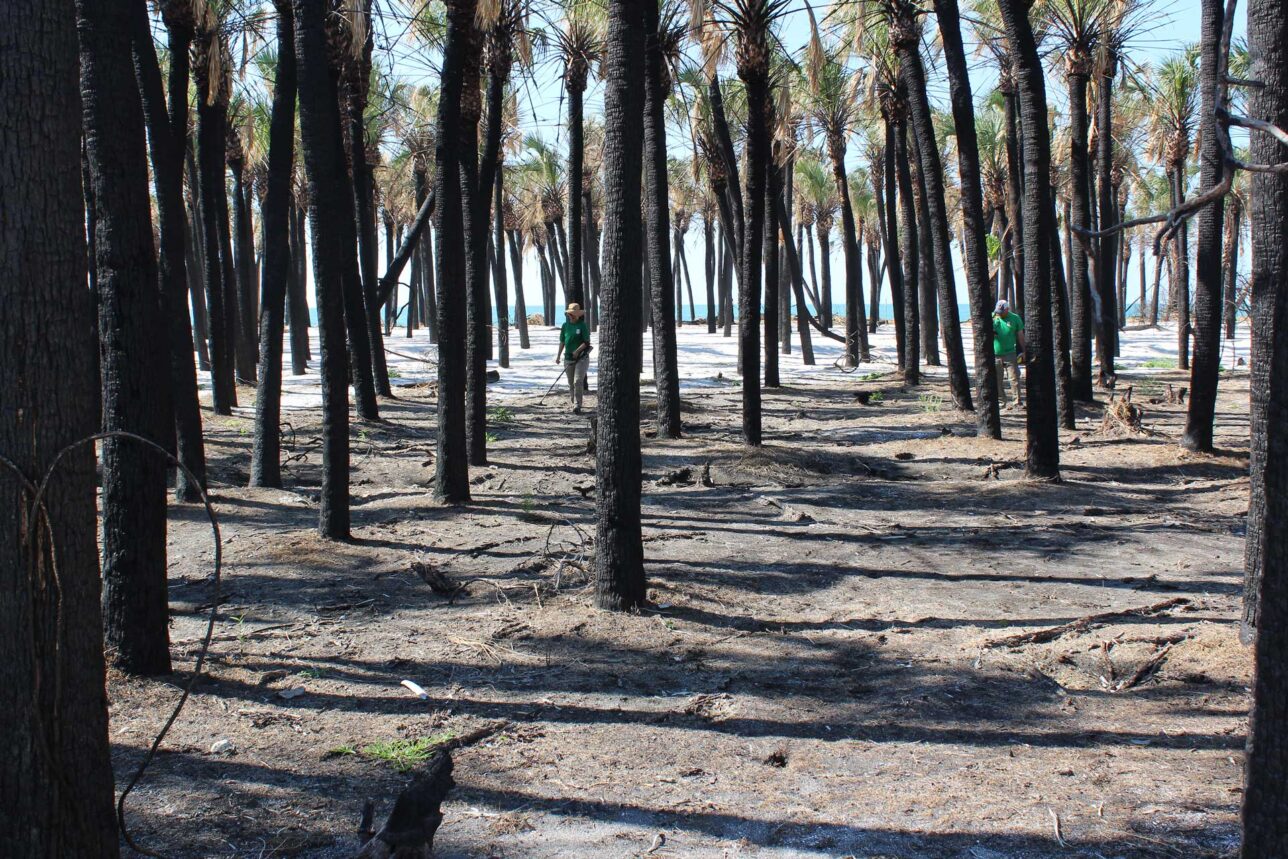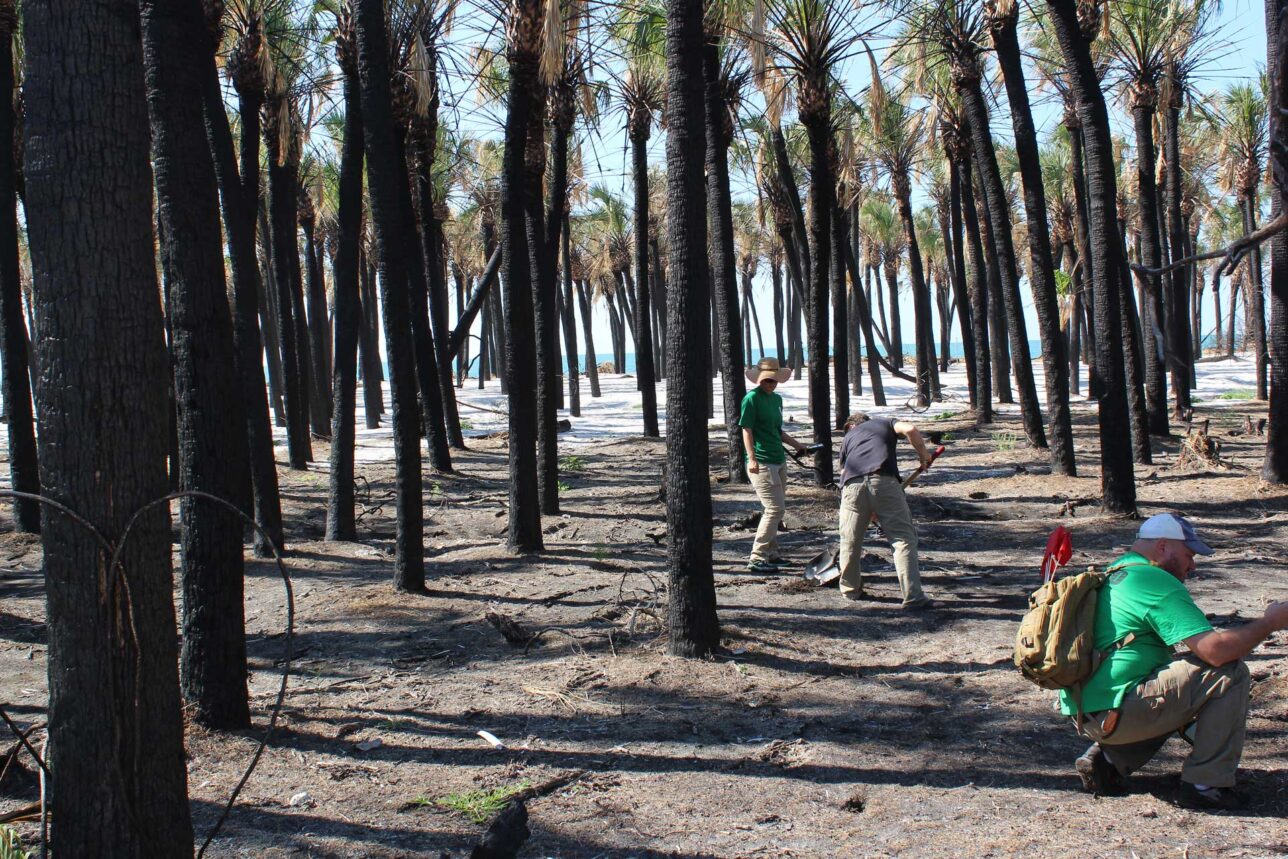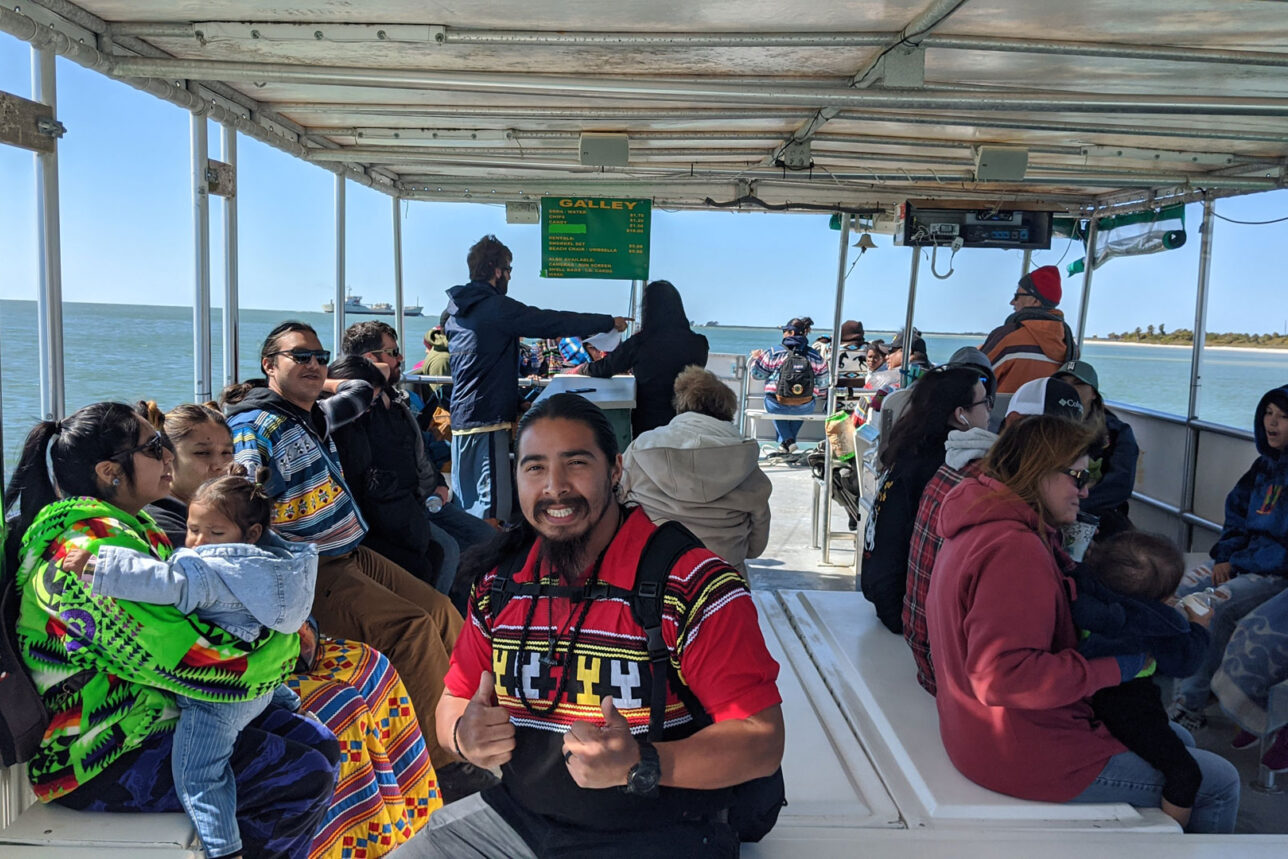It’s my people’s history. It’s the brutal truth about how the U.S. government treated us just because of greed. It’s one of many examples of the pain and suffering we had to endure just to be here today. It’s a prime example of how strong and resilient our people are, and that is why we are known as the Unconquered Seminole Tribe of Florida!”
— Quenton Cypress (Wind Clan)
The small island of Egmont Key sits in the mouth of Tampa Bay. It is home to a lighthouse, a state park, and a bird sanctuary. For the Seminole Tribe of Florida the tranquil scenery also masks a dark place in their past, when Tribal members were held on the island against their will by the American government.
In 1857, in the final stage of the Seminole War, the United States Army ordered the construction of a blockhouse fort on Egmont Key for the purpose of holding captured Seminole people before they would be forced west to Oklahoma. It was one of the earliest known concentration camps. Over the next year hundreds of Tribal members, mostly women, children, and elders, were taken from their camps and held captive to convince the warriors to surrender. The strategy worked. The final voyage of the Trail of Tears left Egmont Key in 1858, when the steamer Grey Cloud took the captives, including Billy Bowlegs and his warriors, from Florida.
In the summer of 2016 a wildfire sparked by a lightning strike swept across the island. The fire cleared a wide area, allowing an archaeological investigation to take place. The THPO, in cooperation with the park service and US Fish & Wildlife, launched an archaeological survey of the island. The stories uncovered cast light on the forgotten stories of Seminole endurance and survival. The THPO launched the Egmont Key project to ensure the story could be told.
History at Risk
Egmont Key is endangered by environmental changes and sea level rise. In the 19th century, the island was over 580 acres in size. Now it is barely over 200 acres and at risk of disappearing entirely. The Egmont Key project works to ensure that, even is Egmont Key is washed away, its history never will be.
